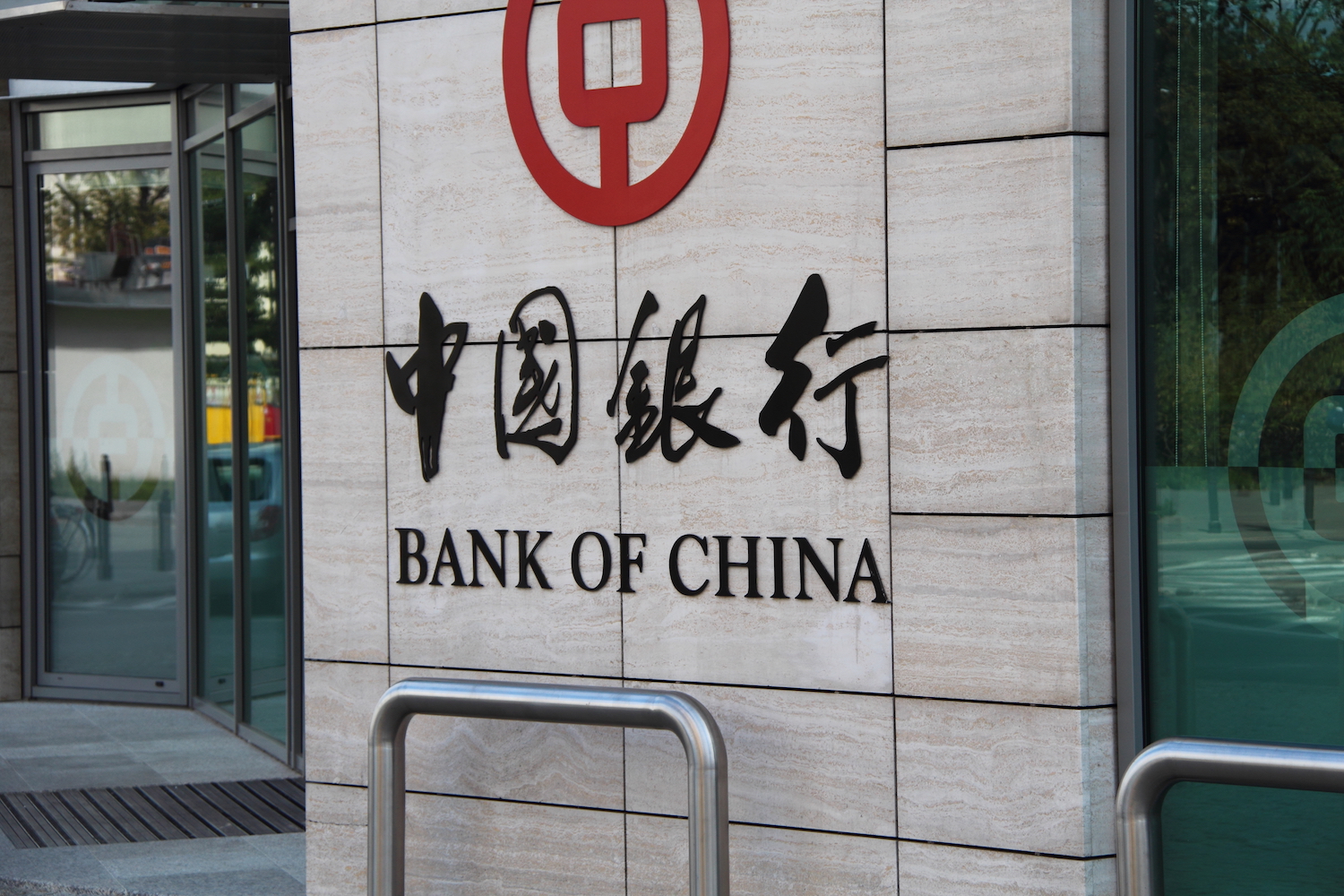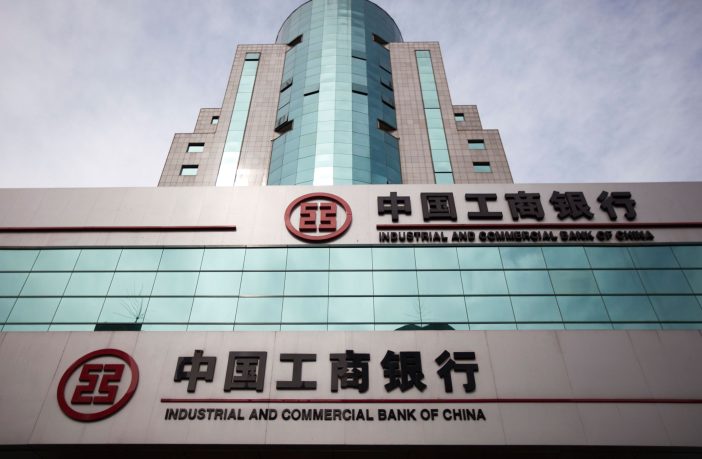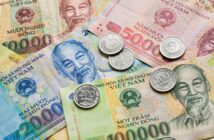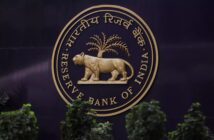How Chinese banks are coping with the crisis
Chinese banks continue to use bonds backed by non-performing loans to build resilience during the crisis. They have increased sales of the securities in 2024, a move that has boosted growth. However, investors still prefer to remain cautious and are not ready to take decisive steps. They have doubts about the quality of the assets on offer from local lenders.
Bond issuance, which guarantees the repayment of non-performing loans, reached about USD 6.7 billion in 2023. According to S&P Global Ratings’ analysis of the Chinese market, this is a record for China. The designated amount is 54% higher than the 2022 result. The bonds include underlying loans that include:
– mortgages;
– credit cards;
– business credits classified as substandard or doubtful.
In the latter’s case, there is an assumption that, despite their unreliability, they will still be a source of income. This is achieved by seizing collateral or allowing borrowers to repay on time. Based on data for October 2023, the repayment rate was:
– for residential securitisations – from 37%;
– for securitisations of other products – up to 17%.
It is noteworthy that it is unprofitable for banks to sell such bad loans, unlike unsecured ones. However, according to the regulators, this mechanism positively impacts market recovery. Experts believe that this option will improve the stability of financial organisations and help increase the number of loans issued. Another way to improve the balance sheet is to sell pools of bad loans. In this case, banks transfer such loans at a discount to government agencies that manage troubled assets.

Predictions for the financial sector
In the view of Kang Zhou of S&P Ratings, the market for such bonds will only grow. He expects the trend of increasing bank issuance to continue next year.
According to S&P, in 2023, the share of substandard home loans was 52% of all loans issued. At the same time, the extent to which they are recoverable has fallen significantly due to the crisis in the property market.
The major issuers of such products include the most prominent state-owned financial institutions:
– Industrial and Commercial Bank of China;
– Bank of China;
– China Construction Bank;
– Agricultural Bank.
In addition, commercial institutions on the list include:
– Shanghai Pudong Development Bank;
– Bank of Communications;
– China Merchants Bank.
It should be clear that the consequences of such a proliferation of securitisation are still difficult to assess. The state of the country’s credit sector itself makes matters worse. In addition, the identity of the investors who buy troubled loans is often unknown. Banks usually sell them to private funds and asset management companies. Such trends could have a negative impact on China’s fragile financial system.




